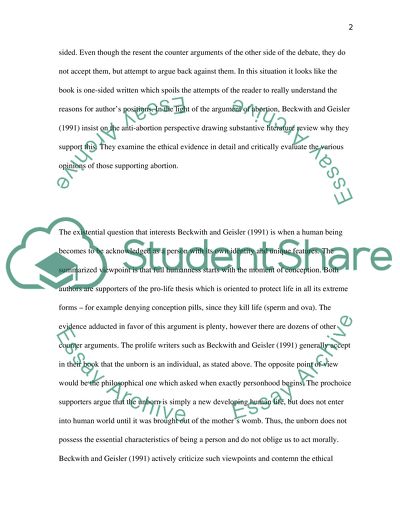Cite this document
(“Matters of Life and Death Book Report/Review Example | Topics and Well Written Essays - 2250 words”, n.d.)
Matters of Life and Death Book Report/Review Example | Topics and Well Written Essays - 2250 words. Retrieved from https://studentshare.org/miscellaneous/1502639-matters-of-life-and-death
Matters of Life and Death Book Report/Review Example | Topics and Well Written Essays - 2250 words. Retrieved from https://studentshare.org/miscellaneous/1502639-matters-of-life-and-death
(Matters of Life and Death Book Report/Review Example | Topics and Well Written Essays - 2250 Words)
Matters of Life and Death Book Report/Review Example | Topics and Well Written Essays - 2250 Words. https://studentshare.org/miscellaneous/1502639-matters-of-life-and-death.
Matters of Life and Death Book Report/Review Example | Topics and Well Written Essays - 2250 Words. https://studentshare.org/miscellaneous/1502639-matters-of-life-and-death.
“Matters of Life and Death Book Report/Review Example | Topics and Well Written Essays - 2250 Words”, n.d. https://studentshare.org/miscellaneous/1502639-matters-of-life-and-death.


